Are you feeling a bit peckish, or are you a pigeon hunter eager to know where to hunt pigeons in Texas? The state of Texas boasts of a variety of terrain and a healthy stock of pigeons, meaning it is a hunter’s paradise. However, it should be noted that it will be quite unwise to rush with a shotgun in your hands without studying the legislation and recommendations of a specific region.
Here is everything you need to know about pigeon hunting in Texas: from the best locations and seasons to essential tools tools, tricks, as well as tips for field dressing.
Can You Hunt Pigeons In Texas?
Yes, you can hunt pigeons in Texas. It is legal to hunt pigeons in the state of Texas.
According to TPWD, feral pigeons fall under the nuisance species category. They are not protected and can be harvested at any time of the year including their nests and eggs.
Still, it is pertinent to remember that you should always abide by the local laws and codes of conduct when it comes to hunting and ownership of properties.
Feral rock pigeons (rock doves) are the most common type of pigeon you can hunt in the state. They are often regarded as the pest species in many regions. Many times they can be noticed in cities, where they cause havoc and contribute to the spreading of diseases.
The wild pigeons or rock doves are generally grey with two black stripes across the wings and a black tail that has a white line at the terminal end.
They are omnivorous and are mostly found feeding on grains, fruits, and insects among other food materials. These birds are especially flexible and can to some extent be found all over the country.
Remember that band-tailed pigeons, Inca doves, and common ground doves are protected species in Texas that you cannot hunt.
Where To Hunt Pigeons In Texas?
Comparatively, there are no particular state parks or public lands in this state that are exclusively earmarked for pigeon hunting. However, there are some areas that are known to house these birds. Here are some popular spots:
- Urban Areas
- City parks
- Public buildings
- Grain storage facilities
- Private Property
- Hunting Outfitters
Texas Pigeons Hunting Seasons
Texas does not have a specific hunting season for common pigeons. Feral pigeons are considered a nuisance species, and their hunting is generally unrestricted. This means you can hunt them year-round.
Bag Limits:
There is typically no bag limit for rock pigeons in Texas. However, it’s essential to be aware of any local ordinances or restrictions that may apply to hunting on specific properties or in certain areas.
Ethical Hunting:
While there are no specific bag limits, it’s important to practice ethical hunting. This includes:
- Only hunting nuisance pigeons: Avoid hunting pigeons that are not causing problems.
- Using humane methods: Ensure you use methods that cause minimal suffering to the pigeons.
- Respecting property rights: Always obtain permission before hunting on private property.
What Do You Need To Hunt Pigeons In Texas?
While Texas doesn’t have a specific hunting season for pigeons, there are a few essential items you’ll need to be prepared for a successful hunt:
1. Firearm
- Shotgun: A shotgun is the most common firearm used for pigeon hunting. A 12-gauge shotgun with a choke that constricts the shot pattern is ideal.
- .22 caliber rifle: While less common, a .22 caliber rifle can also be effective for pigeon hunting, especially at shorter distances.
2. Ammunition
- Shot: For shotguns, use birdshot, preferably in sizes like No. 7 or No. 8. These sizes provide good penetration without causing excessive damage.
- .22 caliber ammunition: If using a rifle, opt for high-velocity .22 caliber ammunition for better accuracy and range.
3. Hunting License
Whether you are a Texas resident or non-resident, you will need a hunting license and a Migratory Game Bird Stamp for legal hunting.
4. Permission
If you plan to hunt on private property, you’ll need written permission from the landowner.
5. Hunting Vest or Backpack
A hunter orange hunting vest is necessary to keep you safe and it is required by the state government. Moreover, a backpack can help you carry all your gear, including ammunition, water, snacks, and other essentials.
6. Upland Bird Hunting Boots
To hunt upland birds effectively, it’s essential to choose a pair of comfortable and lightweight hunting boots. These boots should allow for easy movement, enabling you to track birds without being slowed down. Check out the Kalkal Lightweight Camo Hunting Boots to enhance your overall hunting experience and make it much easier.
📌Read More: Best Upland Bird Hunting Boots For Every Terrain
7. Decoys and Calls
While not strictly necessary, using pigeon decoys can attract more birds to your hunting area. Pigeon calls can be used to mimic the sounds of pigeons and attract them to your location.
8. Binoculars
Binoculars help spot pigeons at a distance and assess their behavior. Here we have picked the top options for you to choose from: Top Picks: 5 Best Binoculars For Hunting.
9. First Aid Kit
A first aid kit is essential for any outdoor activity, including hunting.
Pigeons Hunting Tips
How to Spot Pigeons?
To spot pigeons in a hunting field, look for areas where a large number of pigeons are flying and moving. They are likely to gather in, such as open fields, near water sources, or around agricultural crops. Pay attention to their flight patterns; pigeons often fly in flocks and may circle before landing.
Additionally, listen to their cooing sounds, which can indicate their presence nearby. Observing the time of day is also important, as pigeons are often more active during early morning and late afternoon perhaps because their feeding time is very specific.
What Is The Best Way To Hunt Pigeons?
- Still Hunting: One of the most common strategies is still hunting. That is to sit and do nothing, waiting for pigeons to come to you. If they are still close enough, take a careful shot.
- Pass Shooting: This method involves firing shots with intention at the pigeons while they are in flight. It takes a perfect sense of timing and a good aim.
- Decoying: Use pigeon decoys to lure the pigeons right into your hunting zone. This can be done with still hunting or pass shooting technique
Additional Useful Tips
- Wind Direction: Think of the wind direction while positioning your hunting blind. You wish the wind to be towards the pigeons to obscure the smell of you. Check this also: Milkweed For Hunting Wind Detection.
- Camouflage: Dress in a manner that does not scare pigeons away as this will help in capturing them.
- Patience: Pigeon hunting involves waiting for the pigeons to appear. Sometimes, you have to be patient and wait for the right moment to take the shot you want.
- Ethical Hunting: Target only the troublesome pigeons and use friendly techniques to deal with them.
How To Field Dressing Pigeons?
Field dressing is the act of clearing the inside of a game bird as soon as the bird is shot and killed. Here’s a step-by-step guide on how to field dress a pigeon.
1. Safety First
It is better to wear gloves. This will ensure that your hands are safe from any form of bacteria or pathogen during the entire process. Select a clean and smooth working surface as you undertake the exercises.
Then prepare your tools that are necessary for the operation, including the sharp hunting knife, scissors, and clean bowl or basin.
2. Remove Feathers
Start by pulling the feathers around the breast and neck areas of the pigeons. This will create an opening through which the interior organs shall be accessed. In the case you have a plucking tool, then you can take the feathers off within the shortest time possible.
3. Make Incisions
Run an imaginary line down the middle of the breastbone from the neck down to the sternum and trim around the vent (an aperture at the tail end of the bird). Do not cut straight through the meat or into the internal organs.
4. Remove Internal Organs
Take out the internal organs such as the heart, liver, gizzard, and intestines while being as gentle as possible. Make an incision at the neck to remove the windpipe and the food pipe.
If there is a crop (a tiny pouch located near the neck), take it out. Be gentle and do not grill them in a manner that rips their internal parts, because this will have a knock-on effect on the quality of their meat.
5. Rinse Thoroughly
After butchering, wash the inside of the pigeon’s cavity with cold water to wash out any remaining blood or stuffiness. If you have a hose/bucket you can then turn it on and wash the pigeon more thoroughly.
6. Check for Shots
Check for any remaining shots and inspect the meat intensely. If you see any, take it out. If you are in doubt whether there might be some chance left, you can retrieve the meat with a small metal detector.
7. Pat The Pigeon Dry
After washing, use another clean towel or paper towel to dry the pigeon. This will assist in avoiding the spoiling of food that may have been prepared in large quantities.
Pigeon Field Dressing Tips:
- Work quickly: Field dressing should be done as soon as possible after harvesting the pigeon to prevent spoilage.
- Use a sharp knife: A sharp knife will make the process easier and cleaner.
- Avoid damaging the meat: Be careful not to puncture the intestines, as this can contaminate the meat.
- Consider freezing: If you’re not going to cook the pigeon immediately, freeze it as soon as possible.
Conclusion
The laws of pigeon hunting in Texas are fairly lenient, and several pigeon hunting grounds, city areas, private land as well as hunting guides are available for use.
Always ensure that you respect state laws and hunt in a manner that you are supposed to, and preferably you have the right clothes or your hunting equipment with you. However, if you follow these tips, then you can enjoy good productive pigeon hunting within the state of Texas.


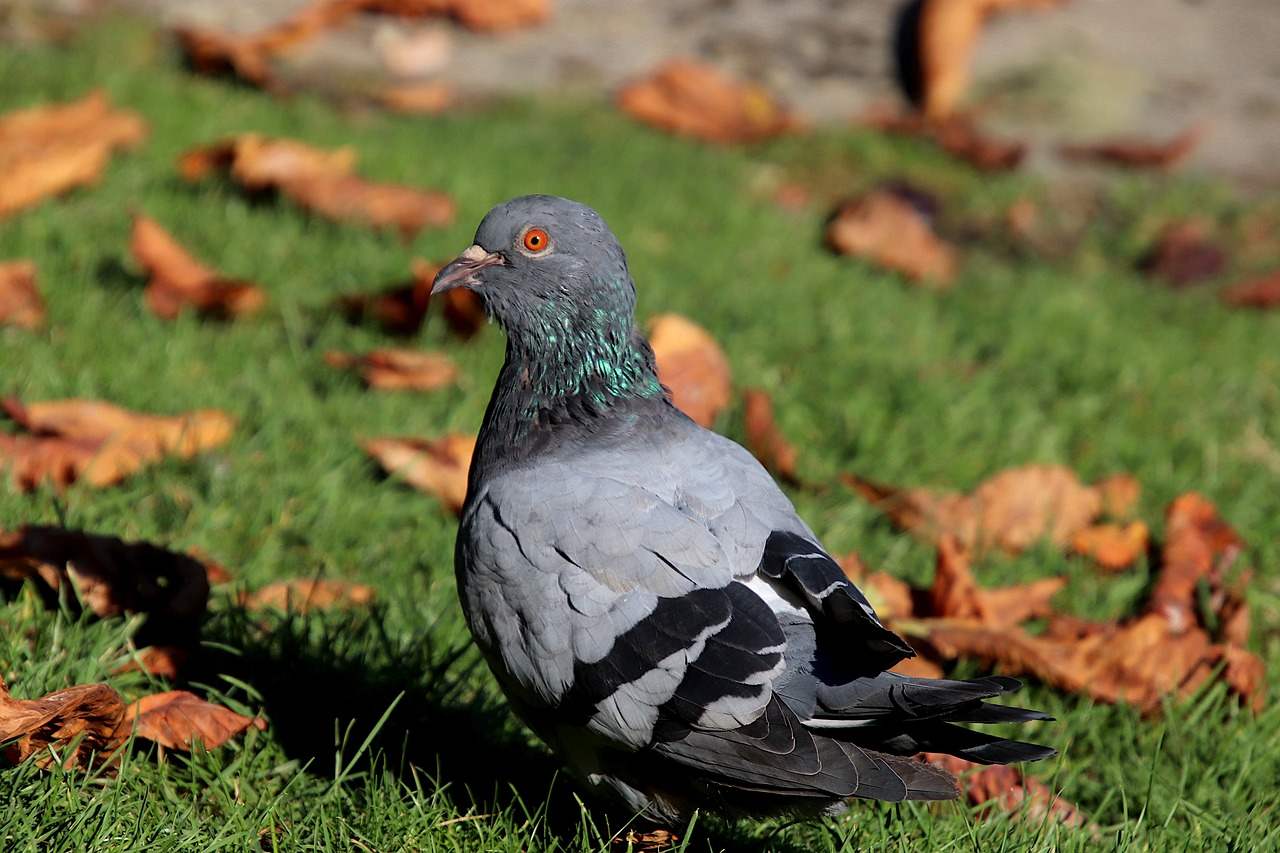
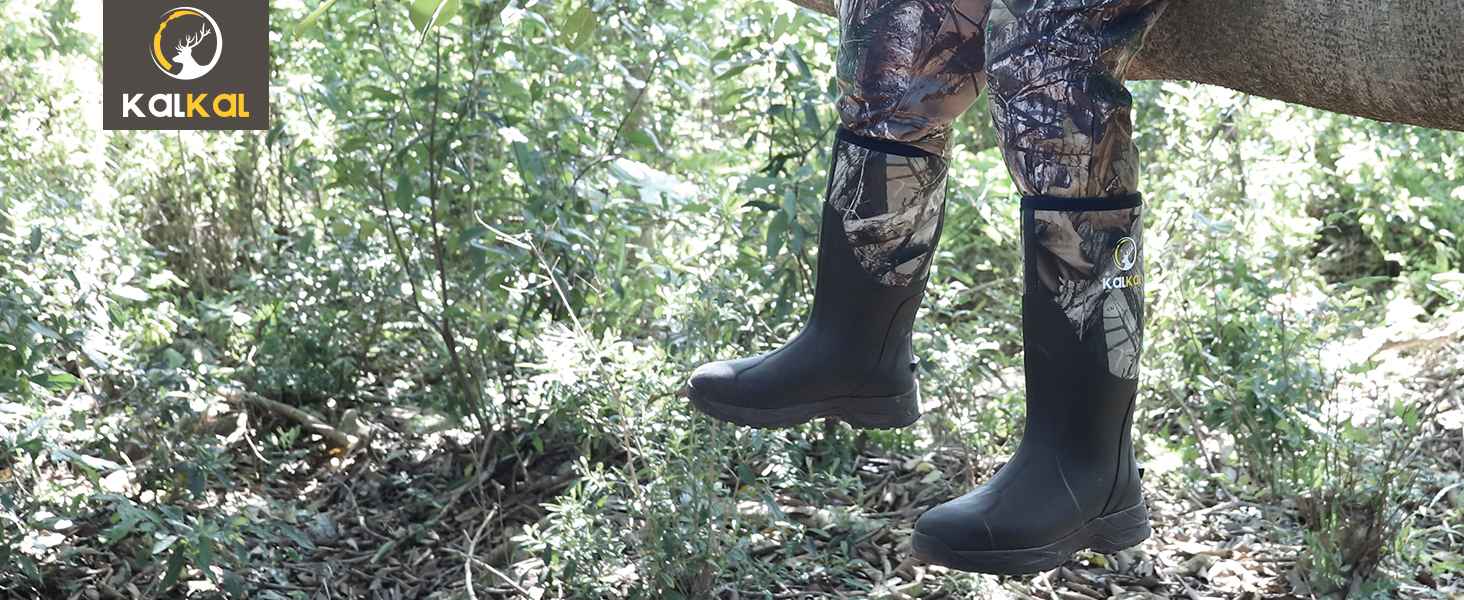




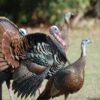
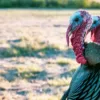
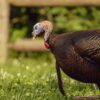

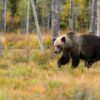








Leave a reply